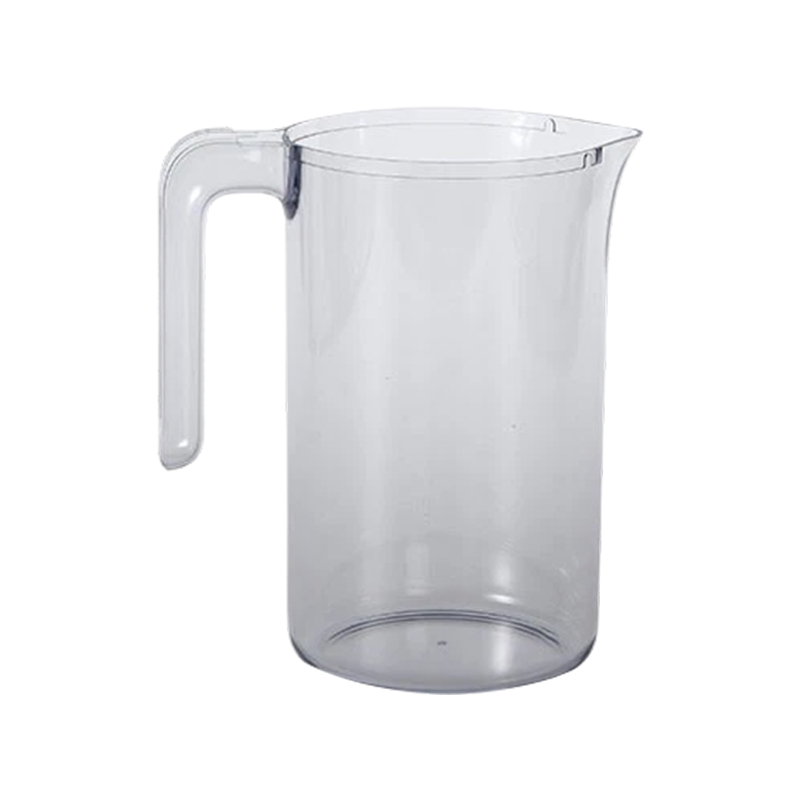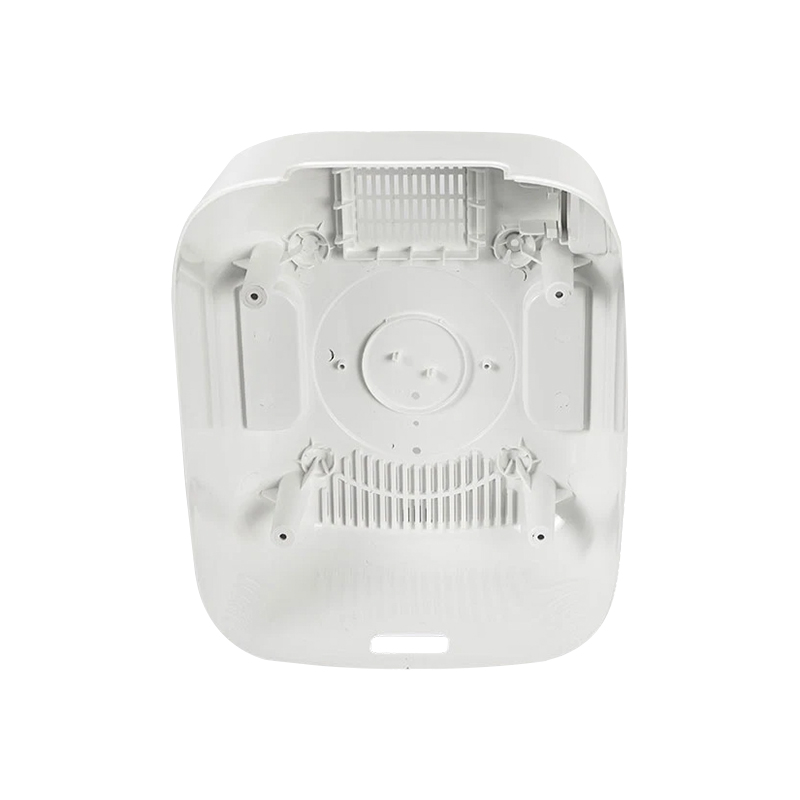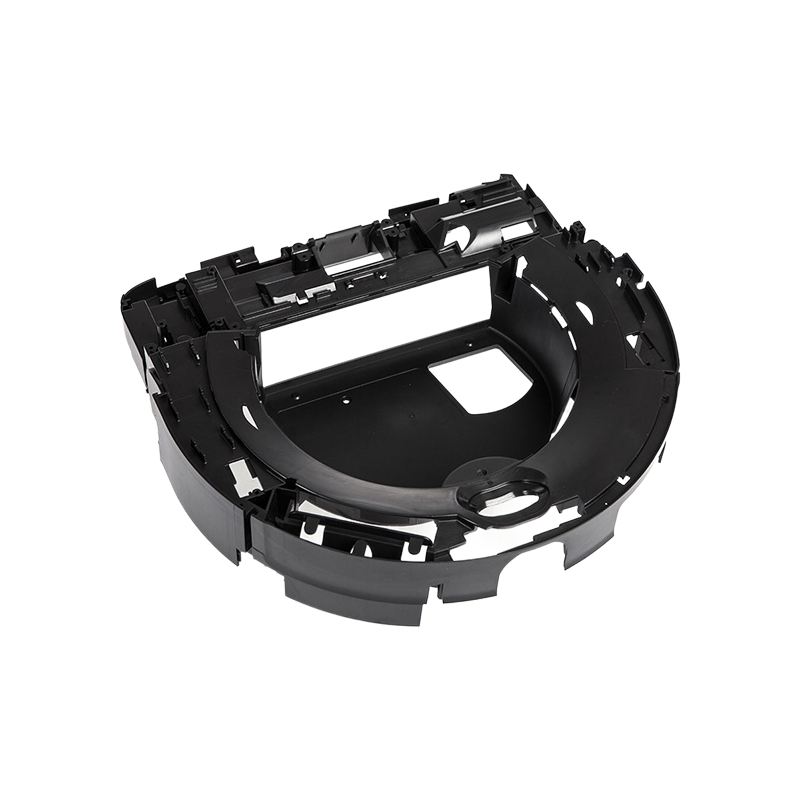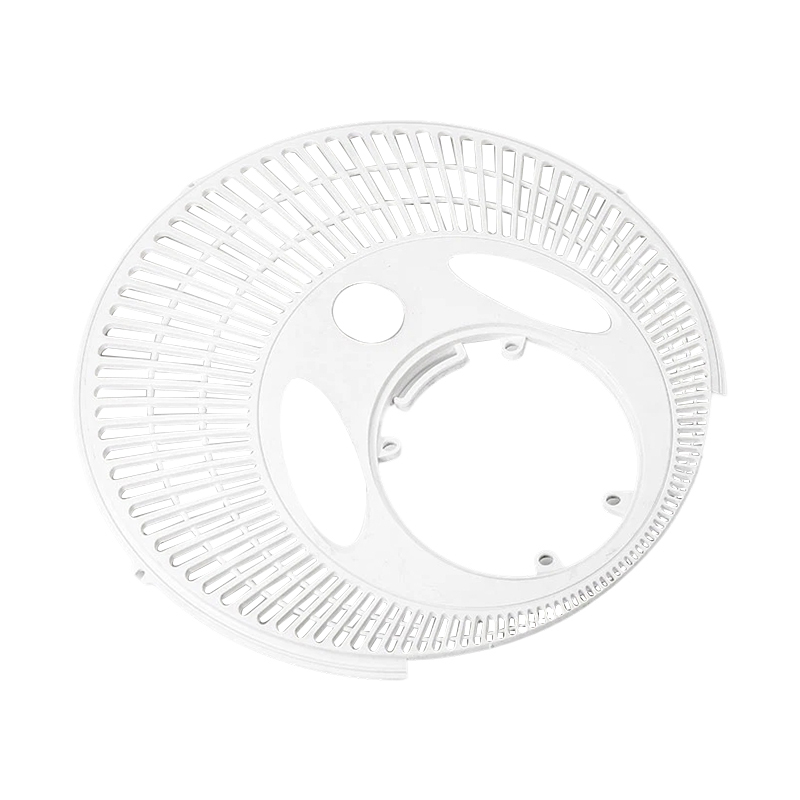Can the temperature resistance of sweeping machine housing mold parts adapt to the injection molding production environment?
Release Time : 2025-08-06
The heat resistance of sweeping machine housing mold components is highly adaptable to the injection molding environment, a crucial factor in ensuring the long-term, stable operation of the mold. During the injection molding process, hot, molten plastic continuously contacts the mold, requiring the mold to withstand high temperature shocks and continuous heat transfer. Inadequate heat resistance can easily lead to deformation and wear, impacting production efficiency and product quality.
High-temperature resistance is crucial for ensuring the mold's adaptability to the injection molding environment. Sweeping machine housing mold components are often made of high-temperature-resistant alloys or specially heat-treated steel. These materials maintain stable physical properties even in high-temperature environments, resisting significant softening or strength loss due to temperature increases. When the hot plastic melt is injected into the mold cavity, the components withstand the instantaneous temperature shock, maintaining their original structural form and dimensional accuracy, ensuring the integrity of the mold cavity and providing a stable foundation for the outer shell molding process.
A rational structural design enhances heat resistance. The structural layout of the mold components fully considers uniform heat transfer, preventing localized overheating. Optimized clearances and heat dissipation channels between components ensure rapid heat transfer and diffusion within the mold, minimizing localized heat accumulation. This structural design ensures a relatively stable overall mold temperature during the continuous injection molding cycle, preventing performance degradation caused by localized overheating and extending component life.
Surface treatment enhances high-temperature stability. The surfaces of sweeping machine housing mold components typically undergo special hardening or coating treatments, which not only improve the components' wear resistance but also enhance their resistance to high-temperature oxidation. In high-temperature environments, the surface coating forms a protective barrier, preventing rust or peeling from oxidation on the mold surface. This maintains the smoothness and structural integrity of the component surface, ensuring smooth molding and demolding of the plastic melt, and minimizing production failures caused by surface defects.
Thermal expansion stability reduces the impact of temperature fluctuations. During injection molding, molds undergo repeated heating and cooling cycles. Frequent temperature fluctuations can easily cause deformation of components due to thermal expansion and contraction. Sweeping machine housing mold components have excellent thermal expansion stability. During temperature fluctuations, each component expands and contracts in a consistent manner, preventing loosening or binding due to thermal stress. This stability ensures that the mold maintains precise clearances over long-term use, ensuring continuous and stable injection molding production.
The perfect balance of heat resistance and thermal conductivity optimizes production efficiency. Mold components, while offering both high-temperature resistance and excellent thermal conductivity, quickly transfer heat from the plastic melt, accelerating the cooling and molding of the part. This improved heat transfer efficiency not only shortens the injection molding cycle but also reduces the duration the mold is exposed to high temperatures, minimizing the impact of prolonged high temperatures on component performance. This ensures production efficiency while extending the mold's lifespan.
Long-term temperature stability ensures continuous production. High-quality sweeping machine housing mold components maintain stable structure and performance after prolonged high-temperature injection molding cycles, maintaining no significant degradation in heat resistance. Whether subjected to sustained high temperatures or frequent temperature fluctuations, the core performance of the components remains unaffected, ensuring long-term stable operation of the mold, minimizing downtime and maintenance due to heat resistance issues, and providing a reliable guarantee for efficient injection molding production.








